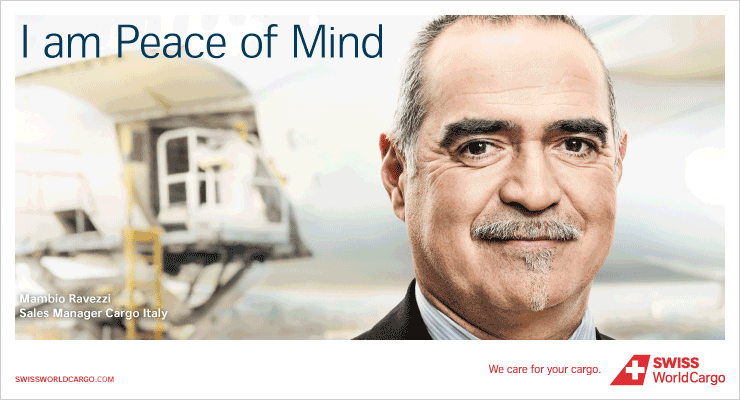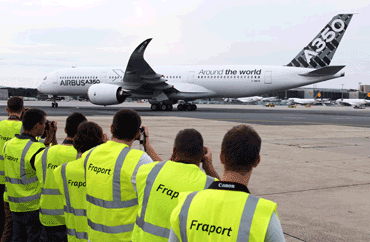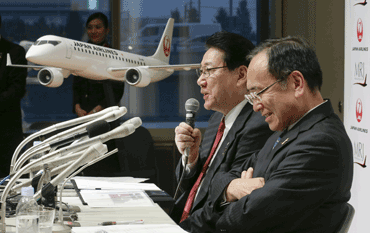
IATA
Certifies Brussels Cool
Last week, IATA announced that Brussels Airport
“has become the first European shipping hub to adopt a cold-chain
certification program for pharmaceutical cargo” which IATA claims
to “go beyond GDP requirements.”
GDP, for those not familiar with the term, means
“good distribution practice.”
EU Already
Has Standards
By comparison European Community (EC) “Good
Distribution Practice of medicinal products for human use,” already
in place and practice in the 2013/C 343/01 Guidelines and based on Article
84 and Article 85b (3) of EC Directive 2001/83, are based on recommendations
developed by the WHO (World Health Organization) and FIP (International
Pharmaceutical Federation).
These standards cover the entire process chain
of development, purchase, production and distribution of pharmaceutical
materials.
Brussels
Not Alone
So for Brussels airport, this does not mean that
the airport will be an isolated island of knowledge but, according to
IATA spokesman Chris Goater, the designation translates into “ground
handlers, freight forwarders, truckers and airlines that use the Belgian
airport will be trained how to ship pharmaceutical products in temperature
controlled conditions.”
The IATA
CEIV Scheme
The new IATA CEIV (Center of Excellence for Independent
Validators) certification scheme in short aims at making all stakeholders
in the pharmaceutical supply chain aware of the particular needs for these
highly sensitive and perishable products as well as providing standards
for their handling, storage, transport and distribution.
So far the IATA CEIV is a win-win situation:
If adopted by further hotspots of pharma excellence
and distribution, CEIV will help to speed up transport of pharmaceuticals
in a safe and controlled environment, thus helping to avoid spoiling the
highly perishable cargoes and avoid costly claims against forwarders and
airlines as well as detrimental effects on public health because of the
non-availability of these products.
CEIV could also help also secure the position
of the air transport sector as the transport mode of choice when transporting
these commodities, since lately shippers have considered surface transport
even for perishable and highly demanding cargoes.
CEIV Boosts
Employment
Not to be overlooked in all of this is that CEIV
will put a considerable number of “Independent validators”
in the position to make a living – no small feat since these validators
will require initial training from IATA and the CEIV scheme itself should
secure an additional stream of revenue for IATA themselves, much like
the IOSA and ISAGO auditors which largely consist of senior staff from
airlines and IATA strategy partners whose jobs were made redundant.
Spreading
The Wealth
While the latter may sound overly cynical it
actually isn’t.
The professional experience and track record
of these auditors is impeccable and so are their achievements.
However, the term “independent validators”
suggests an independence which certainly is neither there nor actually
desirable, since a very particular expertise is required to carry out
such validations.
 New
IATA CEIV (Center of Excellence for Independent Validators) certification
is promising it will raise awareness amongst all stakeholders in the
pharmaceutical supply chain and provide standards for their handling,
storage, transport, and distribution. It might even draw some business
to air cargo. New
IATA CEIV (Center of Excellence for Independent Validators) certification
is promising it will raise awareness amongst all stakeholders in the
pharmaceutical supply chain and provide standards for their handling,
storage, transport, and distribution. It might even draw some business
to air cargo.
But IATA should wait for a solid success and then pat itself on the
back. |
A Broader
View
IATA’s self-proclaimed mission is “to
represent, lead and serve the airline industry”.
While IATA as a whole is far away from being
a charitable organization, and while many of IATA’s multifold activities
are about generating revenue, there is one basic insight too often overlooked:
Although the pricing of some of IATA’s
products has at time drawn heavy criticism from users and stakeholders,
one valid question has actually never been answered by even the most outspoken
critics.
Who else has the resources, the expertise and
the international standing to push initiatives and improvements ahead?
ICAO - as well as other UN bodies such as the
WHO - move in closed circles with most unable for one reason or another
or extremely reluctant to interact with anyone but government representatives.
National organizations are simply not able to
roll out something the industry stakeholders within the air transport
industry would be willing to adopt as a whole.
The failed EC ETS scheme which has drawn understandable
criticism not just from IATA and individual airlines but also national
governments such as the U.S. and China makes this point.
The Uni-Ampli
Voice
So indeed, it seems that the leadership role
IATA claims is at this point in time at least, not challenged.
And while IATA is not a regulator – something
they’re ready to admit although at times like to forget for themselves;
they are the unified – and amplified – voice of the air transport
industry.
About IATA
Manuals
The IATA Restricted Articles Regulations were
in place since 1956, long before regulators came up with the idea of regulating
the air transport of dangerous goods by means of the ICAO Technical Instructions
for the Safe Transport of Dangerous Goods by Air in 1983 1st edition.
While one might have assumed that the ICAO TI
should have made the IATA DGR redundant, but the not very user friendly
format and the non-existing support from the side of ICAO warranted the
continued unchallenged status of the IATA Dangerous Goods Regulations
as the field manual applied to the transport of dangerous goods within
the air transport industry.
Gradually, it was IATA who pushed and established
standards for other types of cargoes, such as Live Animals (by means of
the IATA Live Animals Regulations in its current 40th edition), the Airport
Handling Manual in its current 34th Edition, the Perishable Regulations
in their current 13th Edition and others rather specific publications,
such as the Airport Development Manual.
Manuals Are
Big Business
Consider that the IATA manuals are just the outward
face of a booming business. Standards mean standardization, and standardization
requires training, subsequent further standards for the exchange of data
and construction of equipment and, maybe most important, seamless implementation
and validation of what else, standards!
What Goes
Around Comes Around
IATA says CEIV certification scheme “goes
beyond the GDP, as all industry stakeholders can decide to undertake the
certification whereas traditional GDP are more focused on wholesalers
or distributors”, adding that the certification would also “incorporate
all the specificities of the air cargo industry whereas the GDP are generic
across all modes of transport; and to that effect IATA has the expertise.”
Since IATA has applied their traditional requirement
(known from dangerous goods, IOSA and ISAGO certifications) that CEIV
certification will require biannual renewal, both uniform high service
standards and a secure stream of revenue should result from the CEIV scheme.
Who Else But IATA?
There is nothing wrong in an organization such
as IATA taking the lead, filling gaps regulators have left and settings
standards which are actually beneficial for everyone – not just
the cold chain stakeholders in the traditional sense, but also the ultimate
user of various vaccines and medications for whom the fast, secure and
unaltered availability of these substances may often prove a matter of
life and death.
But we gently suggest that instead of rehashing
the world of good IATA is doing all over again, IATA should let the facts
speak for themselves.
A good product is it’s own best advertiser,
and supposedly this product will meet both industry demand and result
in benefits to various stakeholders as well as the consumer.
Jens

A very “cool chain,” as we recall
(and miss) our dear friend the great Klaus Holler of Lufthansa Cargo,
who we imagine is out there somewhere in the Alps riding his Harley.
Wie geht es dir, Klaus? |
|










